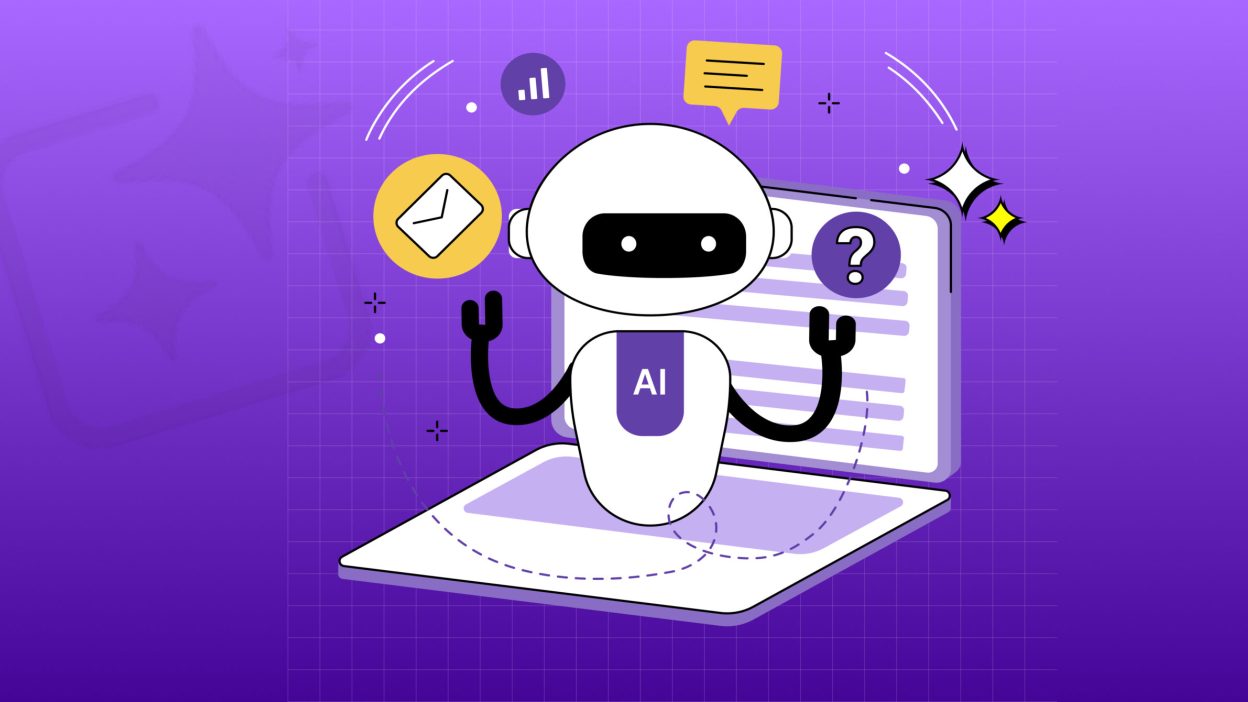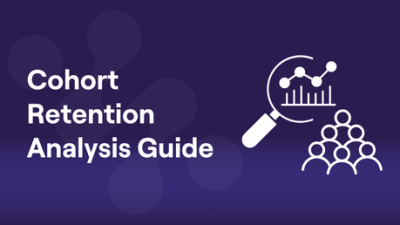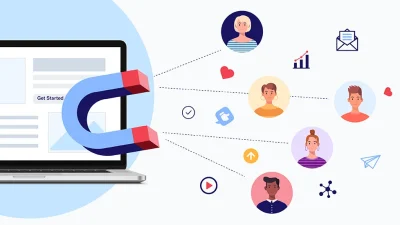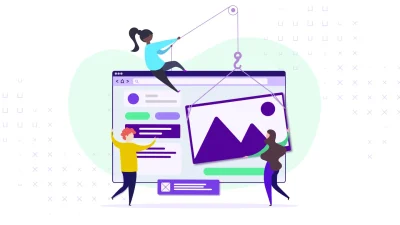Introduction
AI Is Changing Email Marketing – cornerstone of digital strategy. It’s direct, measurable, and cost-effective. But as inboxes become more crowded and consumer expectations rise, traditional email tactics are no longer enough. Enter Artificial Intelligence (AI)—a game-changer that’s transforming how brands create, deliver, and optimize email campaigns.
From personalized content to predictive analytics, AI is reshaping email marketing into a smarter, more dynamic channel. This blog explores the key ways AI is revolutionizing email marketing, the tools driving this change, and how marketers can harness its power to boost engagement and ROI.
The Evolution of Email Marketing
Email marketing began as a simple broadcast tool—one message sent to many. Over time, segmentation and automation added sophistication, allowing marketers to tailor messages based on demographics or behavior. But even these improvements relied heavily on manual input and guesswork.
AI takes email marketing to the next level by introducing real-time intelligence, automation at scale, and hyper-personalization. It enables marketers to move from reactive to proactive strategies, predicting what users want before they even ask.
1. Hyper-Personalization at Scale
Traditional personalization might include using a recipient’s name or referencing a recent purchase. AI goes far beyond that.
How AI Enhances Personalization:
- Behavioral analysis: Tracks user actions across platforms to tailor content.
- Dynamic content: Adjusts email elements (images, offers, CTAs) based on individual preferences.
- Predictive recommendations: Suggests products or content based on browsing and purchase history.
Example:
Netflix uses AI to recommend shows based on viewing habits. Similarly, e-commerce brands can use AI to recommend products in emails that align with a user’s past behavior.
2. Smarter Segmentation
Segmentation is critical for relevance. AI refines this by analyzing vast datasets to uncover hidden patterns and micro-segments.
Benefits:
- Real-time audience updates: Segments evolve as user behavior changes.
- Multi-dimensional targeting: Combines demographics, psychographics, and behavioral data.
- Automated list management: AI can add or remove users from segments based on predictive behavior.
Tools:
Platforms like Mailchimp and Klaviyo now offer AI-driven segmentation features that automatically group users based on engagement levels, purchase intent, and more.
3. Predictive Analytics and Timing Optimization
Timing is everything in email marketing. AI helps determine the best time to send emails for each individual recipient.
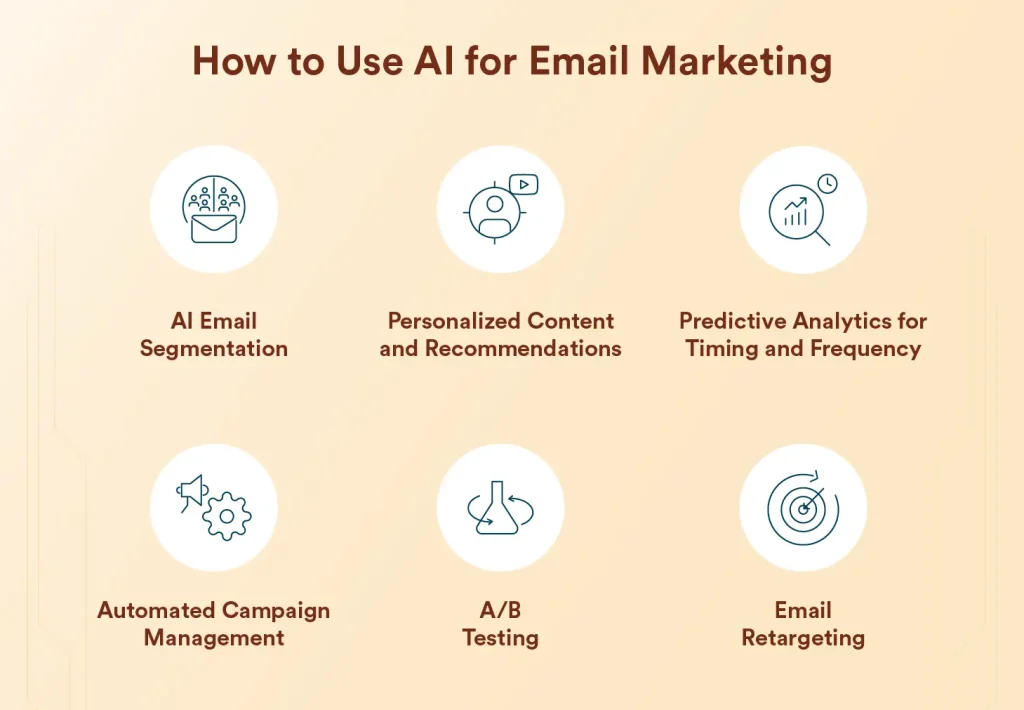
Capabilities:
- Send-time optimization: AI analyzes when users are most likely to open emails.
- Engagement prediction: Forecasts which users are likely to click or convert.
- Churn prediction: Identifies users at risk of unsubscribing and triggers retention campaigns.
Impact:
Marketers can move from batch-and-blast to precision targeting, improving open rates and reducing unsubscribes.
4. Automated Content Creation and Curation
AI tools can assist in writing subject lines, body copy, and even selecting images.
Examples:
- Subject line generators: Tools like Phrasee use natural language generation to create high-performing subject lines.
- Content curation: AI can pull relevant articles, products, or blog posts based on user interests.
- Tone and style adaptation: AI can adjust writing style to match brand voice or audience preferences.
Benefit:
Saves time while maintaining quality and relevance.
5. A/B Testing and Optimization
A/B testing is essential but time-consuming. AI accelerates this process by automating test creation, execution, and analysis.
Features:
- Multivariate testing: Tests multiple variables simultaneously.
- Automated winner selection: AI identifies the best-performing version and scales it.
- Continuous learning: AI adapts based on past test results to improve future campaigns.
Result:
Faster insights and better-performing emails with less manual effort.
6. Enhanced Deliverability and Spam Avoidance
AI helps ensure emails reach the inbox—not the spam folder.
How:
- Spam filter simulation: Predicts whether an email will be flagged.
- Content scoring: Evaluates subject lines, formatting, and links.
- Sender reputation management: Monitors bounce rates, complaints, and engagement.
Tools:
Platforms like SendGrid and Litmus use AI to improve deliverability and provide actionable feedback.
7. AI-Powered Customer Journeys
AI enables dynamic, responsive email flows that adapt to user behavior in real time.
Examples:
- Abandoned cart recovery: Sends personalized reminders based on cart contents and user history.
- Lifecycle campaigns: Adjusts messaging based on where the user is in the customer journey.
- Re-engagement flows: Targets inactive users with tailored incentives.
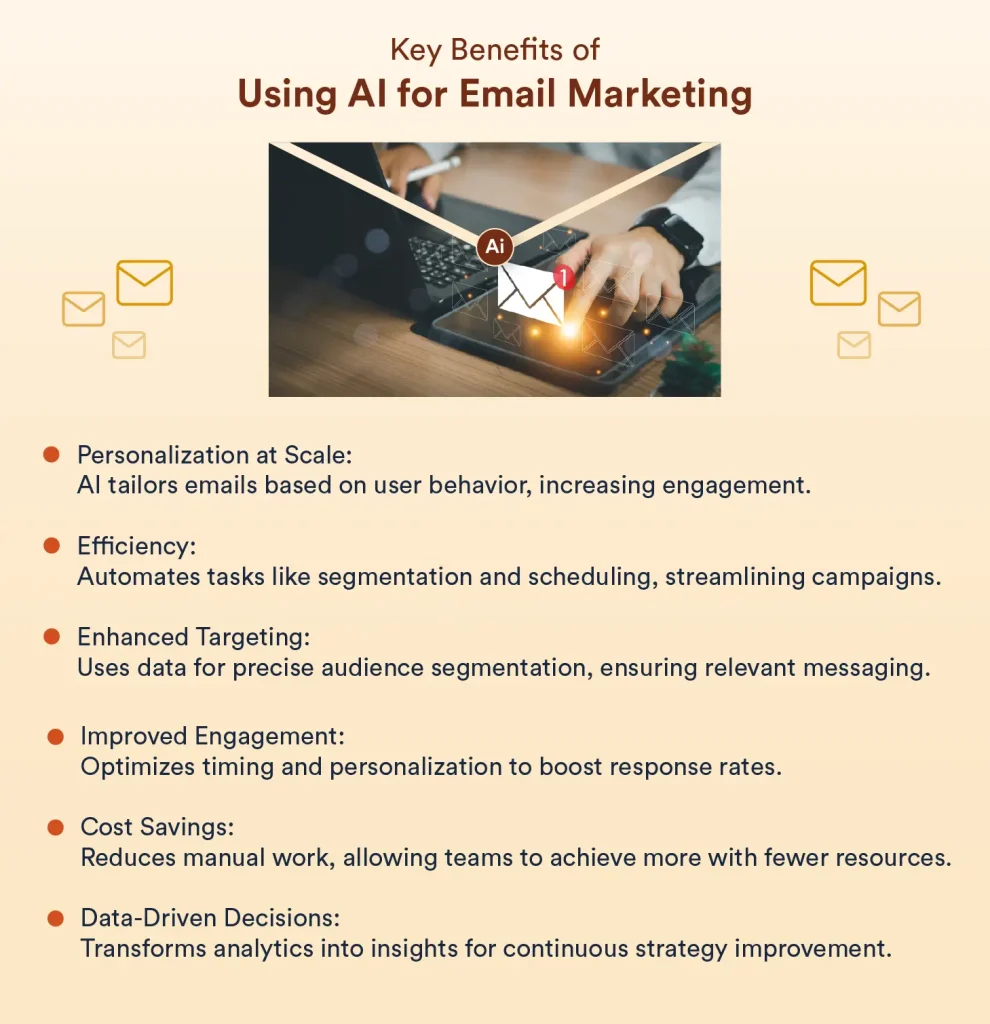
Benefit:
Creates a seamless, personalized experience that feels human—even when it’s automated.8. Voice and Visual AI Integration
As voice assistants and visual search grow, email marketing is evolving to include these formats.
Innovations:
- Voice-activated email previews: Integration with smart devices.
- Visual recognition: AI can analyze user-uploaded images to suggest products.
- Interactive emails: AI enables dynamic elements like quizzes, carousels, and videos.
Future Outlook:
Email will become more immersive and interactive, blending formats and channels.
Challenges and Ethical Considerations
While AI offers powerful capabilities, it also raises concerns:
1. Data Privacy
- Ensure compliance with GDPR, CCPA, and other regulations.
- Be transparent about data usage.
2. Over-Automation
- Avoid losing the human touch.
- Balance automation with empathy and authenticity.
3. Bias and Fairness
- AI models can reflect biases in training data.
- Regular audits and diverse datasets are essential.

Tools and Platforms Leading the AI Email Revolution
- Mailchimp: Predictive analytics, smart segmentation.
- Klaviyo: AI-driven personalization and automation.
- HubSpot: Smart send times and content recommendations.
- ActiveCampaign: Machine learning for customer journeys.
- Phrasee: AI-generated subject lines and copy.
Conclusion
AI is not replacing email marketing—it’s elevating it. By automating routine tasks, uncovering deep insights, and enabling hyper-personalization, AI empowers marketers to deliver smarter, more effective campaigns. The key is to use AI thoughtfully—enhancing the user experience while respecting privacy and maintaining authenticity.
As AI continues to evolve, email marketing will become more predictive, personalized, and powerful than ever before. The future belongs to marketers who embrace the technology, adapt to change, and keep the human connection at the heart of every message.


